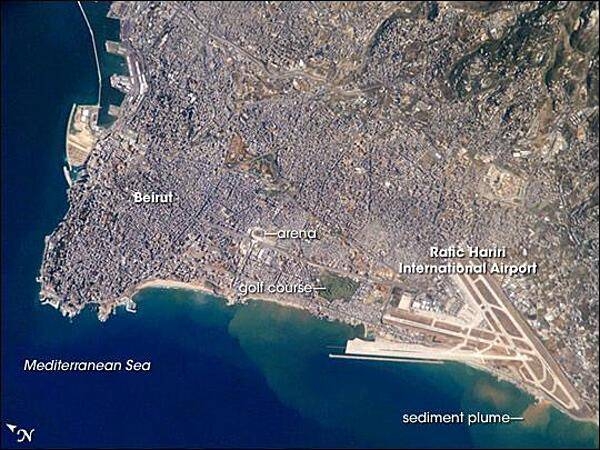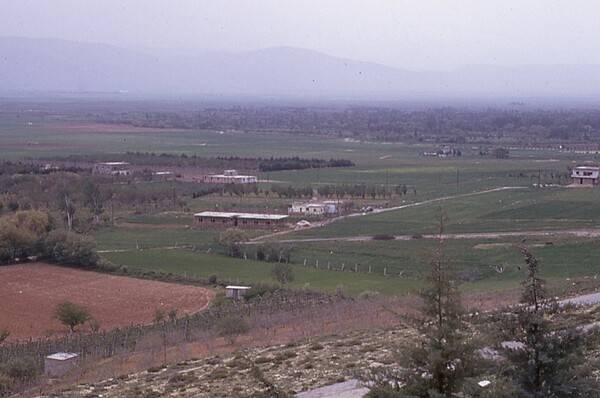Lebanon
Photos
4 Photos
Filter Categories
All
Filters
Bordering the eastern Mediterranean Sea, Lebanon might call to mind sunny beaches and historic port cities like Sidon and Tyre. However, the country is also home to towering, snowy mountains and ski resorts. In fact, the name Lebanon is derived from the Semitic word lbn, which means "white" in reference to either the snow-covered mountains or limestone cliffs. This satellite image highlights the country's two mountain ranges, Jebel Liban and Jabal ash Sharqim, covered in fresh snow. (Jebel or jabal mean "mountain" in Arabic.) Snow is not unusual in Lebanon, where ski resorts are open about three months of the year. Photo courtesy of NASA.

Beirut, Lebanon's capital, is built on a small peninsula; the growth of the city eastwards is bounded by foothills of the more mountainous interior of Lebanon (upper right). Beirut has been an urban center for 5,000 years. Throughout much of that time, the city has been the focus of both military and economic conflicts among neighboring city-states. Distinctive features visible in this astronaut photograph include the Rafic Hariri International Airport in the lower right, the city sports arena at image center, and several areas of green and open space, including a large golf course at image center. Also visible in the photo are several plumes of sediment along the coastline; the most striking plumes are near the airport. The general lack of vegetation in the airport may allow more soil transport by surface water runoff or wind. Photo courtesy of NASA.

Located in Baalbek in Lebanon’s Bekaa Valley, the Temple of Jupiter, the largest Roman temple in the world, is part of the Baalbek temple complex that also includes the Temple of Bacchus. The complex became a UNESCO World Heritage site in 1984. Details of the temples construction - who commissioned or designed it, or exactly when it was constructed - are unknown. Work probably began around 16 B.C. and was nearly complete by about A.D. 60.

The Bekaa Valley is a fertile farming region in eastern Lebanon. This view of the valley is looking east toward Syria.
